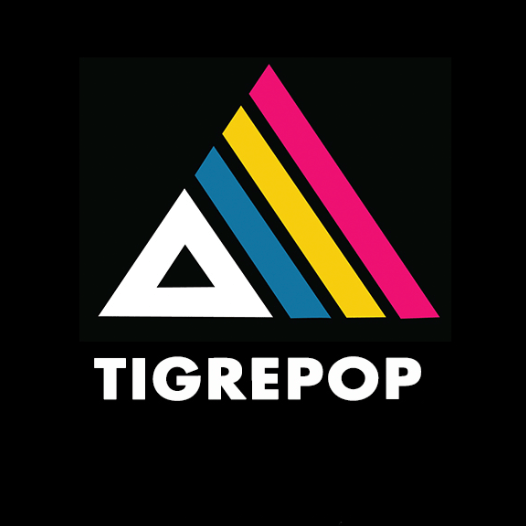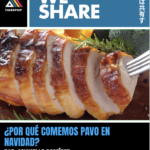In the competitive world of lifestyle consumption, everyday objects — like a thermal bottle — can transform into cultural icons when they’re seamlessly integrated with the emotions, trends, and social references of the moment. That’s precisely the case with the recent collaboration between Stanley, the century-old brand known for its thermoses and thermal mugs, and Post Malone, one of today’s most influential music figures. This launch not only sold out within minutes but also stands as a brilliant strategic co-branding move, connecting industrial design with pop aesthetics and emotional marketing.

What is the Stanley x Post Malone collaboration about?
Launched officially in May 2024, the collaboration consisted of a limited edition of the iconic Stanley Quencher (40 oz) tumbler customized with Post Malone’s aesthetic, featuring the following distinctive elements:
- Colors inspired by the artist’s style, including metallic tones, faded cream, and western prints.
- Engravings with his recurring symbols: flames, cards, roses, and the “Stay Away” logo.
- Special packaging with minimalist details and a digitally signed card from Post Malone himself.
- Limited release through Stanley’s official website and select streetwear stores and design boutiques.
The collection sold out in under 15 minutes after its release, generating waitlists and resales at up to three times its original price on platforms like StockX.

Why Post Malone? Why Stanley?
At first glance, the partnership between an alternative trap-country-rock artist and a thermos brand might seem unusual, but it’s precisely that unexpected dissonance that makes an impact. Post Malone is a cultural icon who defies labels: he wears cowboy boots with grillz, sings ballads, and collaborates with brands like Crocs and Bud Light. His chaotic yet emotionally honest style resonates with a generation that values authenticity over perfection.
Stanley, on the other hand, has experienced a commercial and cultural resurgence thanks to the viral popularity of its tumblers among younger audiences, especially Gen Z and millennial women. Originally positioned as a functional, masculine brand for camping or work, Stanley reinvented itself through TikTok, Instagram, and collaborations with influencers and celebrities.
The partnership with Post Malone cements this transformation: Stanley is no longer just a container for hot drinks – it’s a fashion accessory, a lifestyle symbol, and a statement of personal identity.

Marketing strategy: limited edition, emotion, and community
The campaign behind this collaboration was as effective as the product itself:
- Teaser launch on social media
Post Malone posted a photo holding the tumbler on his Instagram with no caption. Speculative comments and unofficial leaks quickly ignited conversations online.
- Coherent visual narrative
The entire campaign aesthetic — from photos to the website — followed a modern western language, merging Stanley’s DNA with Post Malone’s visual universe.
- Exclusivity as a driver of desire
The edition was limited, with announcements stating there would be no restock, creating a strong sense of urgency and planned scarcity – two keys of hype marketing.
- Unboxing and influencer marketing
Figures like Hailey Bieber, Doja Cat, and creators such as Alix Earle received personalized units, generating spontaneous and viral content.

Implications for cultural and product marketing
The Stanley x Post Malone collaboration offers clear lessons on how to reposition a traditional brand through pop culture:
- The product as an emotional platform
A thermal tumbler isn’t inherently exciting… until it becomes an extension of your style, personality, and fandom. This collaboration redefines the object, transforming it into a cultural piece.
- Co-branding as narrative, not just visibility
Stanley didn’t just use Post Malone’s image; it immersed itself in his visual, aesthetic, and emotional universe. This creates authenticity and prevents the collaboration from feeling forced or purely commercial.
- Expanded segmentation
With this partnership, Stanley doesn’t just retain its original base (travelers, workers, outdoors enthusiasts) but enters new segments: urban youth, pop culture collectors, and streetwear fans.
- Organic digital conversation
Instead of relying solely on paid advertising, the campaign leveraged spontaneous virality and user-generated content, creating a narrative of community and belonging.
Un caso brillante de lifestyle branding
Lo que hace poderosa esta colaboración es que no habla de temperatura, capacidad o rendimiento (aunque Stanley sea líder en eso), sino que se centra en una narrativa de pertenencia cultural. Comprar este vaso no es simplemente una elección funcional, es alinearse con una estética, un artista y una actitud de vida.
Esta visión se alinea con el modelo de “brand world”, donde las marcas ya no venden productos, sino experiencias, símbolos y afiliaciones emocionales. En este sentido, Stanley se está convirtiendo en un Apple de los accesorios de hidratación: funcional, pero aspiracional.

A brilliant case of lifestyle branding
What makes this collaboration so powerful is that it doesn’t talk about temperature, capacity, or performance (even though Stanley leads in all of that). Instead, it focuses on a narrative of cultural belonging. Buying this tumbler isn’t just a functional choice – it’s about aligning yourself with an aesthetic, an artist, and a lifestyle attitude.
This vision aligns with the “brand world” model, where brands no longer sell products but experiences, symbols, and emotional affiliations. In this sense, Stanley is becoming like the Apple of hydration accessories: functional, yet aspirational.
Referencias
Business of Fashion. (2024). How Stanley Became the Fashionable Hydration Brand of Gen Z. Recuperado de https://www.businessoffashion.com
Forbes. (2024). Post Malone and Stanley Team Up for Viral Limited Edition Drop. Recuperado de https://www.forbes.com
Highsnobiety. (2024). Stanley x Post Malone: The Collab You Didn’t Know You Needed. Recuperado de https://www.highsnobiety.com
Stanley. (2024). Stanley x Post Malone Collection Launch. Recuperado de https://www.stanley1913.com
Vázquez, R. (2023). Cultura pop, consumo y marketing emocional: del producto al símbolo. Revista de Estrategia de Marca, 8(2), 67–83.















